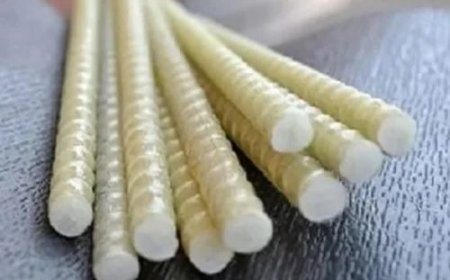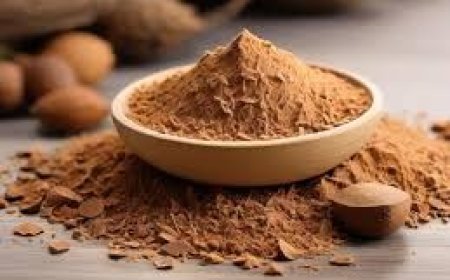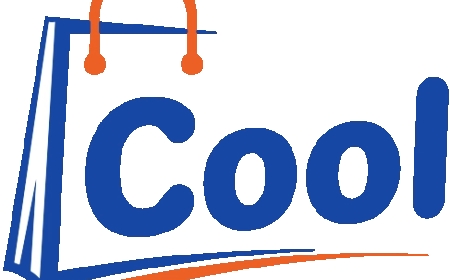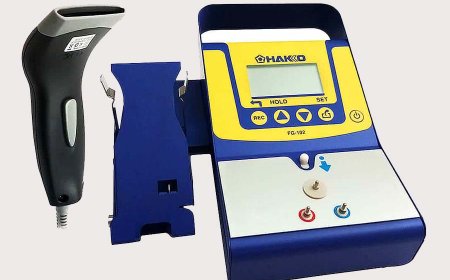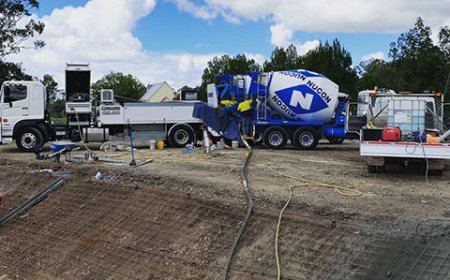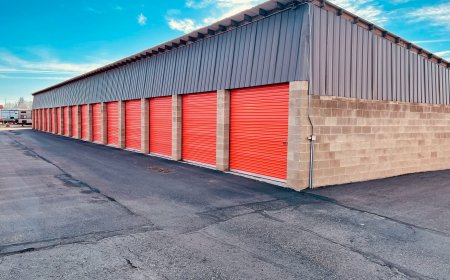Induction Hob Pros and Cons: A Balanced Look for Your Modern Kitchen

The induction hob has rapidly gained popularity as a cornerstone of the modern kitchen, lauded for its sleek design, cutting-edge technology, and promise of superior cooking. With its prevalence growing in homes across Lahore, Punjab, Pakistan, and worldwide, it's essential for prospective buyers to understand the full spectrum of Induction Hob Pros and Cons. While offering numerous advantages that revolutionize daily cooking, they also come with certain considerations. This article aims to provide a balanced overview, highlighting the significant benefits that make induction hobs so appealing, alongside the potential drawbacks that might influence your purchasing decision.
The Pros: Unpacking the Advantages of Induction Hobs
-
Exceptional Efficiency and Speed:
-
Direct Heat Transfer: The primary advantage of an induction hob lies in its working principle of electromagnetic induction. Unlike gas or traditional electric cooktops, an induction hob directly heats ferromagnetic cookware through a magnetic field. This means almost 90% of the electrical energy consumed is converted into usable heat, compared to 30-55% for gas and 60-70% for traditional electric. This efficiency leads to tangible energy savings on your utility bills.
-
Rapid Heating and Cooling: This direct heat transfer results in incredibly fast cooking times. Water boils in minutes, and pans heat up almost instantly. Conversely, when the power is reduced or turned off, the heat in the pan diminishes almost immediately, offering precise control and preventing overcooking. This speed is a major benefit for quick meals in busy households.
Unparalleled Precision and Control:
-
Instantaneous Response: The moment you adjust the power setting, the heat in the pan changes. This allows for incredibly fine-tuned heat control, enabling delicate tasks like melting chocolate without scorching, maintaining a perfect simmer for sauces, or achieving the ideal searing temperature for meats.
-
Wide Range of Power Levels: Induction hobs typically offer a broader spectrum of power levels, providing greater granularity for specific cooking needs than traditional methods.
Enhanced Safety Features:
-
Cool-to-Touch Surface: One of the most significant safety features for any kitchen, particularly those with children or pets. The glass-ceramic surface itself does not generate heat; it only warms from residual heat transferred back from the hot pan. This drastically reduces the risk of accidental burns.
-
Automatic Pan Detection: The hob only activates and generates heat when a compatible pan is placed on the cooking zone. If a pan is removed, the zone automatically switches off.
-
Automatic Shut-Off: Many models feature automatic shut-off if a pan boils dry or after a long period of inactivity, preventing potential hazards.
-
No Open Flames: Eliminates the risks associated with gas leaks or accidental ignitions.
Effortless Cleaning:
-
Smooth Surface: The flat, unbroken glass-ceramic surface is incredibly easy to clean. Since the surface doesn't get intensely hot, spills and boil-overs don't bake onto it. A simple wipe with a damp cloth or sponge after cooking is usually sufficient. This saves considerable time and effort compared to cleaning around gas grates and burners.
Improved Kitchen Environment:
-
Less Heat Emission: Because heat is concentrated in the pan, less heat radiates into the kitchen, keeping the cooking area cooler and more comfortable, especially beneficial in warmer climates like Pakistan.
-
Better Air Quality: Unlike gas stoves that release combustion byproducts into the air, induction hobs produce no such emissions, contributing to cleaner indoor air quality.
The Cons: Addressing the Considerations of Induction Hobs
-
Cookware Compatibility:
-
Ferromagnetic Cookware Required: This is often the biggest hurdle for new users. Induction hobs only work with ferromagnetic cookware (magnetic materials like cast iron or specific stainless steel). Aluminum, copper, glass, or ceramic pots and pans will not work unless they have an induction-compatible base. This may necessitate an additional investment in new cookware. (A quick magnet test is the easiest way to check compatibility: if a magnet sticks firmly to the bottom of your pan, it's induction-ready.)
Higher Initial Cost:
-
Purchase Price: Induction hobs generally have a higher upfront purchase price compared to equivalent gas or traditional electric models. While often offset by long-term energy savings, this initial investment can be a barrier for some budgets.
Electrical Installation Requirements:
-
Dedicated Circuit: High-power induction hobs typically require a dedicated, high-amperage electrical circuit. This means that homes with older wiring or insufficient electrical capacity may require professional electrical upgrades and installation, incurring additional costs and potentially extending the setup time.
Potential for Noise:
-
Humming or Buzzing: While generally quieter than gas, induction hobs can produce a faint humming or buzzing sound, especially at higher power settings or with certain types of cookware. This sound is due to the vibrations of the magnetic field interacting with the pan's metal or the internal cooling fan. While usually subtle, some users might find it noticeable.
Glass Surface Durability:
-
Scratch Risk: The glass-ceramic surface, while durable, can be susceptible to scratches from abrasive materials or heavy, gritty pans. While spills don't bake on, care must be taken during everyday induction hob use to avoid dragging heavy pots or using harsh cleaning pads.
Learning Curve for Some Techniques:
-
No Visual Flame: Chefs accustomed to cooking with gas might miss the visual cue of a flame. While induction offers superior precision, adapting to touch controls and relying on internal temperature rather than visual flame size can take some getting used to.
-
Wok Cooking: Traditional round-bottom woks require special induction-compatible flat-bottom woks or specialized accessories to work effectively, as the direct contact with the flat surface is crucial for heat transfer.
In conclusion, the decision to invest in an induction hob involves weighing its significant pros against its specific cons. Its unparalleled efficiency, precision, and safety, coupled with its modern aesthetic and ease of cleaning, make it a compelling choice for many households seeking to upgrade their cooking experience. However, the requirement for specific cookware and the initial installation costs are factors to consider. For those in Lahore, Punjab, Pakistan, and around the globe, who prioritize cutting-edge technology and superior performance in their modern kitchens, the benefits of an induction hob often far outweigh its drawbacks, making it a wise and future-proof investment.
















